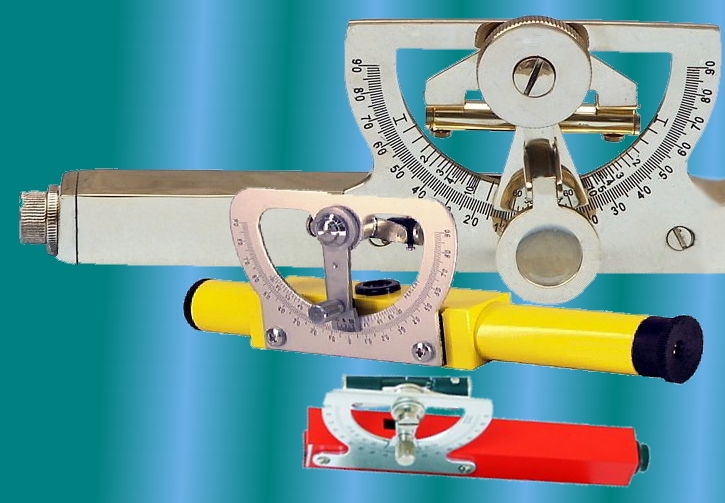Fine-Tuning Focus
On July 24, 1843, chemist, photographer, and astronomer Sir William de Wiveleslie Abney was born. Raised in a family and circle of friends all interested in photography, Abney, like many members of photographic clubs and societies, experimented with film and its chemistry. In at the last stages of plate and the pioneering stages of film photography, Abney’s curiosity and inventiveness led him to make several contributions to the advancement of photography, imaging, and light perception.
Throughout studies at the Royal Military Academy, Woolwich, and as a British army engineer, Abney applied his interest and knowledge about all aspects of photography from camera boxes to lenses to film and paper. Seeing photography’s potential for photo-reconnaissance, Abney introduced the study of photography and chemistry into the curriculum of the Royal Engineers and wrote Chemistry for Engineers for his courses.
Drawing on his background with cameras and lenses, he improved the corps’ survey equipment by creating the lightweight and portable Abney Level, an easy-to-use, fixed sighting tube efficiently combined with a movable spirit level, a pointer, plus a scale!

Through books and articles, Abney shared formulae for creating photographic papers and developing and preserving their images. He experimented with film and its developer processes. One of these, that reveals the state of film developer technology at that moment, was known as the “albumen-beer process”. It worked but it was messy and it added steps that Abney determined to eliminate. By the time he was engaged to photograph the First Transit of Venus (1874) in Egypt, he had created a dry emulsion. Trying to photograph the sun and capture its image led Abney through his early research into spectroscopy and his red-sensitive emulsion for capturing infrared spectra. Then he was on to the capture of infrared solar spectra and atmospheric sunlight.
On his own and with others, Abney continued investigations into colour wavelengths, film emulsion sensitivities to those, and eventually into the question of how light of different colour and hue affect our perception of other light and colour. He described the Abney Effect of how we tend to perceive a hue shift when white light is added to a monochromatic light source. Designers of today’s most sophisticated plane cockpits neutralize the Abney effect because white light that strikes the viewing screen desaturates colors that are perceived.
Here is an illustration of the Abney Effect — the apparent shift in the hue of monochromatic light when white light is added, increasing illumination.

Abney received a knighthood for his advancement of and continued service to photography. The Royal Photographic Society awarded him its first Progress Medal for his contributions to the science and technology of photography. He served as president of several organizations that reflected his interests including the Royal Photographic Society, the Royal Astronomical Society, and the Physical Society of London.
B Bondar / Real World Content Advantage